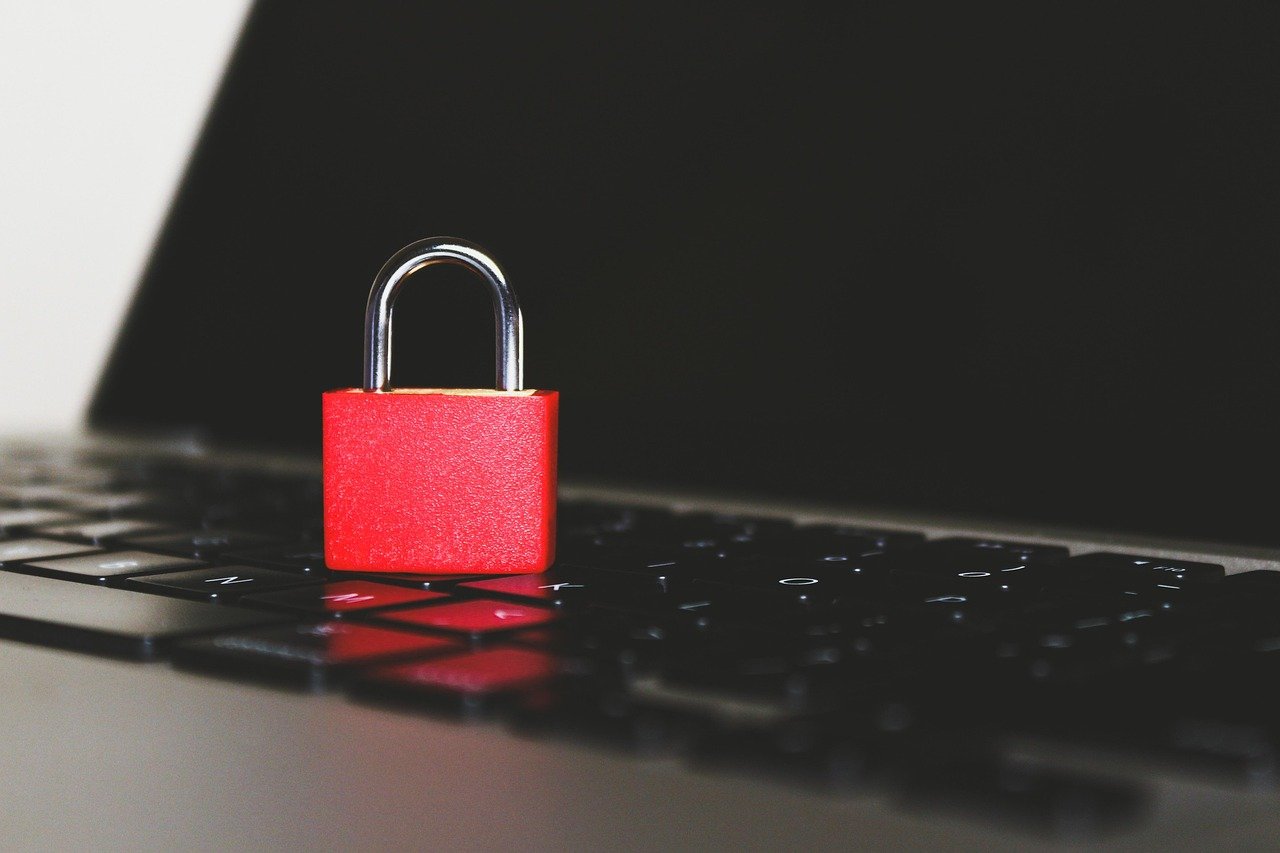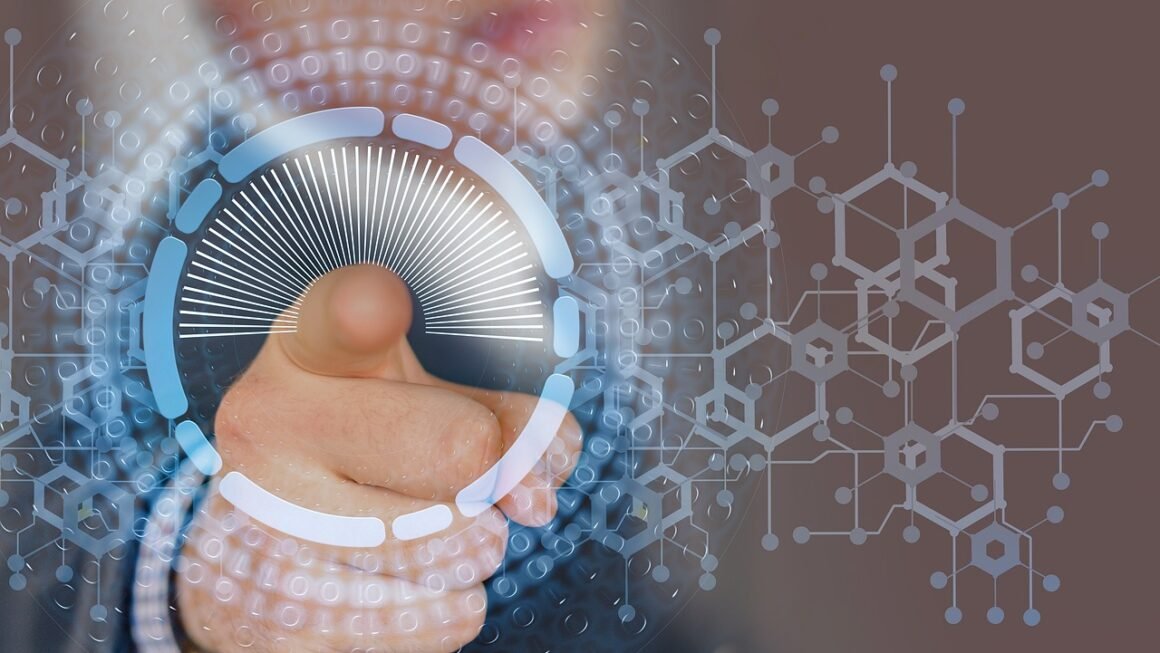Spyware. The very word can send a chill down your spine. In an age where our lives are increasingly lived online, the threat of someone secretly monitoring our digital activities looms large. But what exactly is spyware? How does it work? And most importantly, how can you protect yourself from becoming a victim? This article will delve into the depths of spyware, providing you with a comprehensive understanding of this insidious threat and empowering you with the knowledge to safeguard your digital life.
What is Spyware?
Definition and Purpose
Spyware is a type of malicious software designed to secretly collect information about a user’s activities without their knowledge or consent. Unlike viruses or ransomware, which are often designed to cause immediate damage or hold data hostage, spyware operates stealthily in the background, gathering data for various purposes.
- Keylogging: Recording every keystroke you type, including passwords, credit card numbers, and personal messages.
- Webcam Hijacking: Accessing and recording video and audio through your device’s camera and microphone.
- Data Harvesting: Collecting personal information such as browsing history, email addresses, and social media activity.
- Adware: Bombarding you with unwanted advertisements, often based on your browsing activity. While technically distinct, adware is frequently installed alongside spyware.
The collected information is then transmitted to a third party, who might use it for financial gain, identity theft, blackmail, or other malicious purposes.
How Spyware Differs From Other Malware
While all malware is harmful, spyware has unique characteristics:
- Stealth: Spyware is designed to be difficult to detect, often hiding deep within your operating system.
- Data Collection: The primary goal is information gathering, rather than causing immediate system damage.
- Persistence: Spyware often embeds itself deeply within your system, making removal challenging.
Consider ransomware, for example. It announces its presence by encrypting your files and demanding a ransom. Spyware, on the other hand, works silently, siphoning off your data without your knowledge.
How Spyware Infects Your Devices
Common Infection Vectors
Spyware can infiltrate your devices through various means, often exploiting vulnerabilities in your system or tricking you into installing it unintentionally.
- Bundled Software: Spyware is often bundled with legitimate software, particularly freeware or shareware downloaded from unofficial sources. During installation, you may inadvertently agree to install the spyware without realizing it. Example: Downloading a free PDF editor from a dubious website that also installs a browser toolbar containing spyware.
- Phishing Attacks: Deceptive emails or messages containing malicious links or attachments can trick you into downloading and installing spyware. Example: Receiving an email disguised as a bank notification urging you to click a link to verify your account; the link leads to a fake website that downloads spyware onto your device.
- Drive-by Downloads: Visiting compromised websites can automatically trigger the download and installation of spyware without your knowledge or consent. This often exploits security vulnerabilities in your web browser or operating system.
- Software Vulnerabilities: Unpatched software vulnerabilities can be exploited by attackers to install spyware remotely. Regularly updating your operating system, web browser, and other software is crucial to protect against these threats.
The Role of Social Engineering
Social engineering plays a significant role in many spyware infections. Attackers often use manipulative tactics to trick users into installing spyware or providing access to their systems.
- Fake Antivirus Scans: A pop-up window may appear on your screen claiming that your computer is infected with viruses and urging you to download and install a “security tool,” which is actually spyware.
- Tech Support Scams: Scammers may call you pretending to be technical support representatives and convince you to give them remote access to your computer, allowing them to install spyware.
- Contests and Giveaways: Clicking on ads or links for seemingly legitimate contests or giveaways can redirect you to malicious websites that download spyware.
Detecting Spyware on Your System
Signs of a Spyware Infection
While spyware is designed to be stealthy, certain symptoms can indicate a potential infection.
- Slow Computer Performance: Spyware can consume significant system resources, leading to sluggish performance, frequent crashes, and slow startup times.
- Excessive Pop-up Ads: A sudden increase in the number of pop-up ads, especially when browsing legitimate websites, can be a sign of spyware.
- Unusual Browser Behavior: Changes to your browser’s homepage, search engine, or toolbar without your consent can indicate a spyware infection.
- Increased Internet Traffic: Spyware transmitting data in the background can consume significant bandwidth, leading to increased internet usage.
- Unexplained Data Usage: Similar to increased internet traffic, unexplained data usage can be a sign of background processes related to spyware.
- New or Unfamiliar Programs: The presence of programs you don’t recognize can indicate that spyware has been installed on your system.
Tools and Techniques for Detection
- Antivirus Software: Reputable antivirus software can detect and remove many types of spyware. Regularly scan your system with updated antivirus software.
- Anti-Spyware Software: Specialized anti-spyware tools are designed specifically to detect and remove spyware. Consider using a dedicated anti-spyware program in addition to your antivirus software. Examples include Malwarebytes and Spybot Search & Destroy.
- Task Manager: Check the Task Manager (Windows) or Activity Monitor (macOS) for suspicious processes that are consuming significant system resources. Research any unfamiliar processes online to determine if they are legitimate.
- Browser Extensions: Review your browser extensions and remove any that you don’t recognize or that seem suspicious.
- Network Monitoring Tools: Tools like Wireshark can monitor network traffic and identify suspicious connections. This is a more advanced technique, but can be helpful in identifying spyware that is communicating with remote servers.
Removing Spyware From Your Device
Manual Removal vs. Automated Removal
Removing spyware can be challenging, as it is often designed to be persistent and difficult to uninstall. There are two main approaches to spyware removal: manual removal and automated removal.
- Manual Removal: This involves identifying and deleting spyware files and registry entries manually. This is a complex and time-consuming process that requires a good understanding of your operating system. It is generally not recommended for inexperienced users, as deleting critical system files can cause serious problems.
- Automated Removal: This involves using anti-spyware software to scan your system and automatically remove detected spyware. This is the recommended approach for most users, as it is faster, easier, and less risky.
Step-by-Step Guide to Automated Removal
What to do if Spyware Persists
Sometimes, spyware can be particularly stubborn and difficult to remove. If you are unable to remove spyware using standard anti-spyware software, consider these options:
- Boot into Safe Mode: Booting your computer into Safe Mode can prevent spyware from loading, making it easier to remove.
- Use a Bootable Anti-Spyware Disk: Some anti-spyware vendors offer bootable disks that can scan your system for spyware before the operating system loads.
- Seek Professional Help: If all else fails, consider seeking professional help from a computer repair technician or security expert.
Preventing Spyware Infections
Best Practices for Protection
Prevention is always better than cure when it comes to spyware. Implementing these best practices can significantly reduce your risk of infection:
- Install a Reputable Antivirus/Anti-Spyware Program: Use a reputable antivirus and anti-spyware program and keep it updated with the latest virus definitions.
- Keep Your Software Up-to-Date: Regularly update your operating system, web browser, and other software to patch security vulnerabilities.
- Be Careful What You Click: Avoid clicking on suspicious links or attachments in emails, messages, or pop-up windows.
- Download Software From Official Sources: Only download software from official websites or trusted sources.
- Read the Fine Print: Carefully read the terms and conditions when installing software to ensure that you are not inadvertently installing bundled spyware.
- Use a Firewall: A firewall can block unauthorized access to your computer, preventing spyware from communicating with remote servers.
- Be Wary of Free Wi-Fi: Public Wi-Fi networks are often unsecured and can be exploited by attackers to install spyware on your devices. Use a VPN when connecting to public Wi-Fi networks.
- Use Strong Passwords: Use strong, unique passwords for all your online accounts.
- Enable Two-Factor Authentication: Enable two-factor authentication whenever possible to add an extra layer of security to your accounts.
- Regularly Back Up Your Data: Back up your data regularly to protect against data loss in case of a spyware infection.
Conclusion
Spyware is a serious threat that can compromise your privacy and security. By understanding how spyware works, how it infects your devices, and how to detect and remove it, you can take proactive steps to protect yourself. Implementing the prevention measures outlined in this article is crucial to minimizing your risk of infection and safeguarding your digital life. Remember, vigilance and awareness are your best defenses against spyware. Stay informed, stay cautious, and stay protected.



